Swollen Ankles When Flying: 8 Questions and Answers
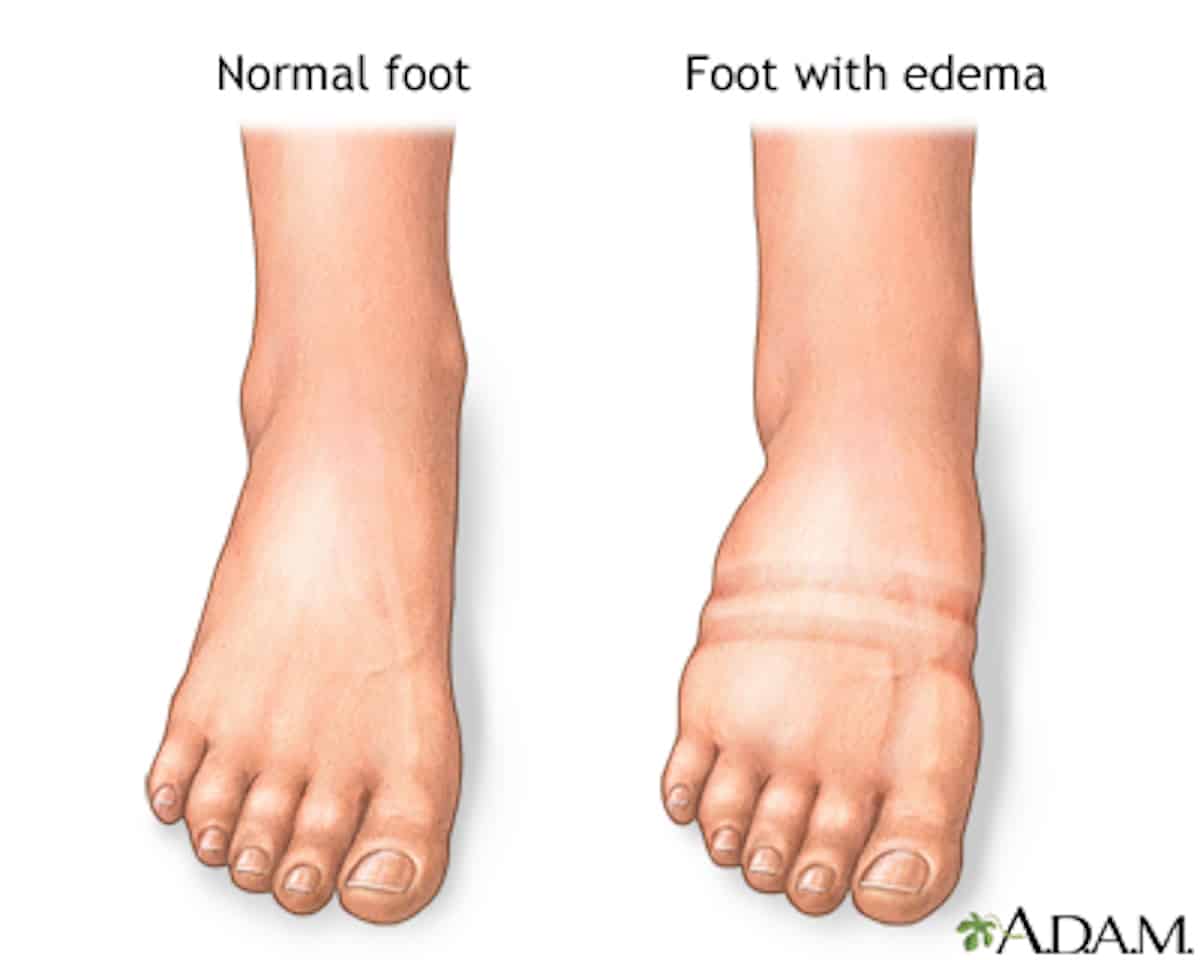
Have you ever gotten off a plane, looked down at your swollen legs after flying — and become alarmed at their size?
Rest assured. It’s usually not a serious problem if it is time-limited.
Swollen ankles, feet, and legs are common among travelers—especially older ones. With aging, many people tend to experience leg and foot swelling due to excess fluid buildup in the tissues.
“Edema” is the medical term for this condition. Colloquially, some people call them “flight feet.”
Although temporary, swollen legs can be more than unattractive.
Depending on the extent of the swelling, you may experience discomfort from the stretching of your skin, or have a tough time getting your shoes back on (if you’ve taken them off during a flight).
This post may contain affiliate links. This means that I may receive compensation if you click a link, at no additional cost to you. For more information, please read my privacy and disclosure policies at the end of this page.
QUESTIONS AND ANSWERS ABOUT SWOLLEN ANKLES WHEN FLYING
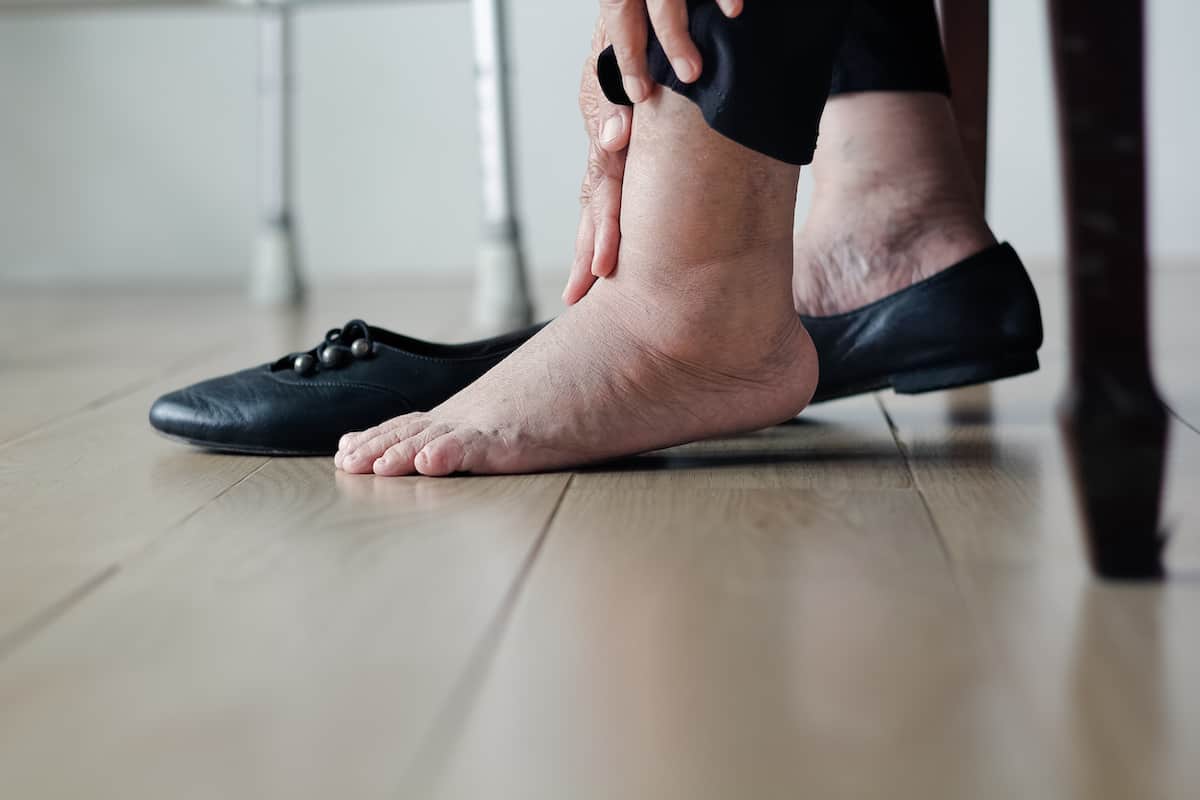
What causes leg swelling when you’re flying?
The amount of legroom on flights seems to be constantly shrinking.
And depending on the placement of your seat and the pattern of turbulence, it can be difficult to get up and stretch, especially on long-haul flights (four hours or more) or lights-out overnight flights across the ocean.
Being seated in one fixed position in a cramped space for a long period of time causes fluid to leave the blood and move into surrounding tissues.
Is swelling more prevalent with age?
Aging makes many things more complicated, including leg swelling.
Older people are prone to experience more significant swelling and tightness after long flights than younger people for a variety of age-related reasons.
For example, their veins don’t circulate blood as well as they used to, and they are more likely to be taking certain prescribed medications (e.g., blood pressure-lowering medications like calcium channel blockers).
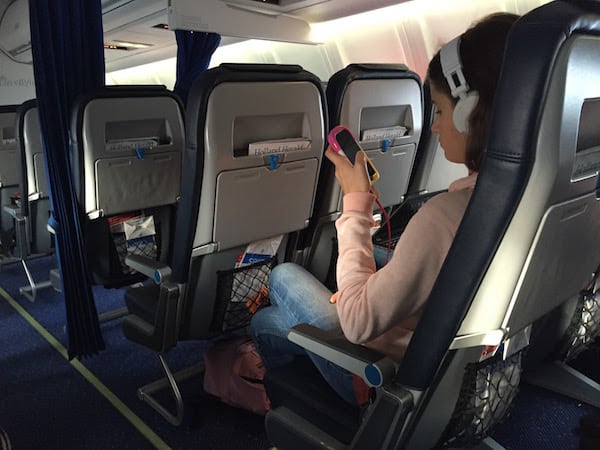
What can you do to prevent swollen ankles when flying?
There are a number of common sense ways to prevent or reduce swollen legs and ankles on long flights:
- Maintain a healthy body weight,
- Seek out flights and seats with more legroom, when possible,
- Limit salt intake on the day of and during the flight (I always wonder why airlines offer pretzels and salted peanuts with drinks),
- Keep hydrated and avoid excessive alcohol intake,
- Avoid caffeine intake as well, and while it may seem counterintuitive, try to increase water intake,
- Opt for loose, non-binding clothing and shoes that easily slip off (I love this pair of Skechers because they are lightweight and easy to get on an off),
- Wear compression stockings (see below),
- Remove your shoes when it’s safe to do so,
- Avoid keeping your legs crossed for long periods of time,
- Wiggle your toes and move your legs in circles during the flight, and tighten and loosen your leg muscles,
- To improve blood flow, several airlines recommend pulling each knee to your chest and holding it there for 15 seconds, repeating this up to 10 times (CDC, Clots During Travel, accessed 10/17/23).
- Get up, move, and walk up and down the aisle several times during the flight (your bladder will thank you, too).
What do I need to know about compression socks for swollen ankles when flying?
A systematic Cochrane literature review looked at the effects of wearing compression socks on flights of at least four hours duration.
It concluded with high certainty that the use of compression socks had a substantial impact on lowering the incidence of symptomless DVT and lower certainty evidence that it reduced edema of the lower legs.
Healthline describes three different types of compression socks:
- Graduated compression socks, usually prescribed by a healthcare professional
- Nonmedical support hosiery (intended to provide support and improve circulation), widely available in stores and online
- Anti-embolism stockings, also prescribed by a professional, are intended to prevent DVT.
Although compression socks aren’t likely to pose problems for most individuals, wearers do need to be cautious of potential skin problems (burning, chafing, bruising, and broken skin) that can lead to infections and any signs of impaired circulation on a long flight.
Getting them on can be challenging too, but practice makes perfect. Doctors recommend getting used to them by wearing them for a few hours at first and gradually increasing the time you wear them.
We recently learned about zip-up compression socks that take the pain out of trying to get them on and off. Another alternative is to ask your spouse or travel companion for help.
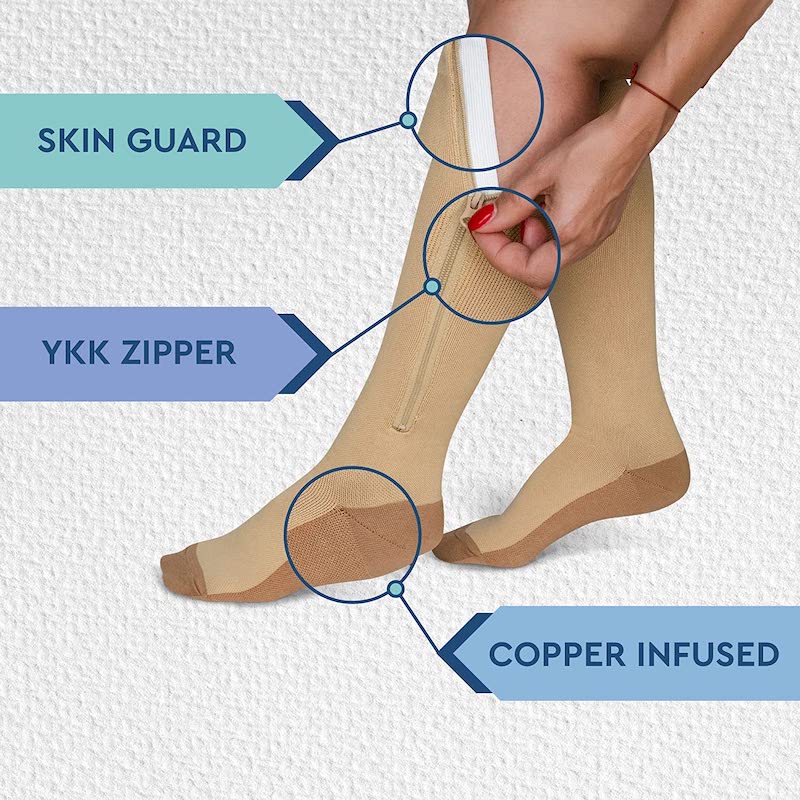
Does recent surgery increase the risk of DVTs?
Evidence suggests that long-distance air travel post-surgery (e.g., hip and knee replacements) can increase the risk of leg blood clots.
Therefore, it is essential for travelers to consult their physician concerning how soon after surgery they can safely fly and what precautions they should take to minimize the risk of DVT when they do.
In general or orthopedic surgery settings, research on the efficacy of graduated compression socks has been shown to be a literal lifesaver.
A meta-analysis of 19 studies involving 1681 individuals found them effective in lowering the risk of DVT in hospitalized patients. More effectiveness research needs to be conducted on outpatients.
Is the use of aspirin recommended to prevent blood clots?
An article in AFAR notes that there is no available data to suggest that travelers take aspirins to prevent blood clots on long-haul flights.
However, taking into account an individual patient’s health history and risk factors (e.g., gastrointestinal bleeding), some doctors might recommend its use or prescribe an anticoagulant drug to prevent blood clots. As noted above, the risk of DVT may be elevated after recent surgery.
But it is always advisable to check with your physician before taking aspirin before flying.
If your legs swell after flying, what can you do afterward?
- If your legs, ankles or feet are swollen after getting off the plane, it’s wise to take off your shoes and elevate your legs (above your heart) to lessen the swelling.
- It also could be useful to soak your legs in lukewarm water, or gently massage them once you get to your destination.
- Try to minimize eating foods with excessive salt until you see the swelling of your ankles and/or legs go down.
Is leg swelling dangerous?
According to a recent publication from the Mayo Clinic, swelling caused by inactivity during travel (e.g. on planes or long car rides) is usually harmless.
When to seek medical attention for leg swelling
However, it is prudent to seek medical attention if you experience any of the following, especially if the swelling is frequent and persistent:
- Swelling that is red or warm to the touch (this could be a sign of a clot),
- Pain, tenderness or swelling only in one leg (as opposed to both),
- Any chest pain associated with swelling, and
- Swelling that doesn’t dissipate after several hours of activity.
Sources:
- Mayo Clinic: What causes leg and foot swelling during travel?
- Healthy Advice: Preventing DVT when traveling
- Medline Plus: Foot, leg and ankle swelling
- PubMed: Prevention of edema, flight microangiopathy and venous thrombosis in long flights with elastic stockings
- Medical News Today: What can cause socks to leave marks on legs?
- Centers for Disease Control: Clots During Travel
A Mini-Guide to Compression Socks
What To Look For When Buying Compression Socks
- Make sure they offer the correct amount of compression recommended by a healthcare professional
- Find your correct size to ensure a good fit (including calf width); most vendors provide sizing guides
- Choose breathable, moisture-wicking materials
- Read the return policy in case the compression socks don’t fit or aren’t comfortable
- To maintain them at their best, wash them in a mesh laundry bag and let them air-dry
- Remove them at bedtime and never weak them to sleep
Benefits of Compression Socks
- Reduce pain, swelling and inflammation
- Help prevent fluids from pooling in the feet and ankles
- Promote increased flow toward the heart
- Help prevent blood clots and embolisms
Lily Trotter Wide-Calf Compression Socks for Women
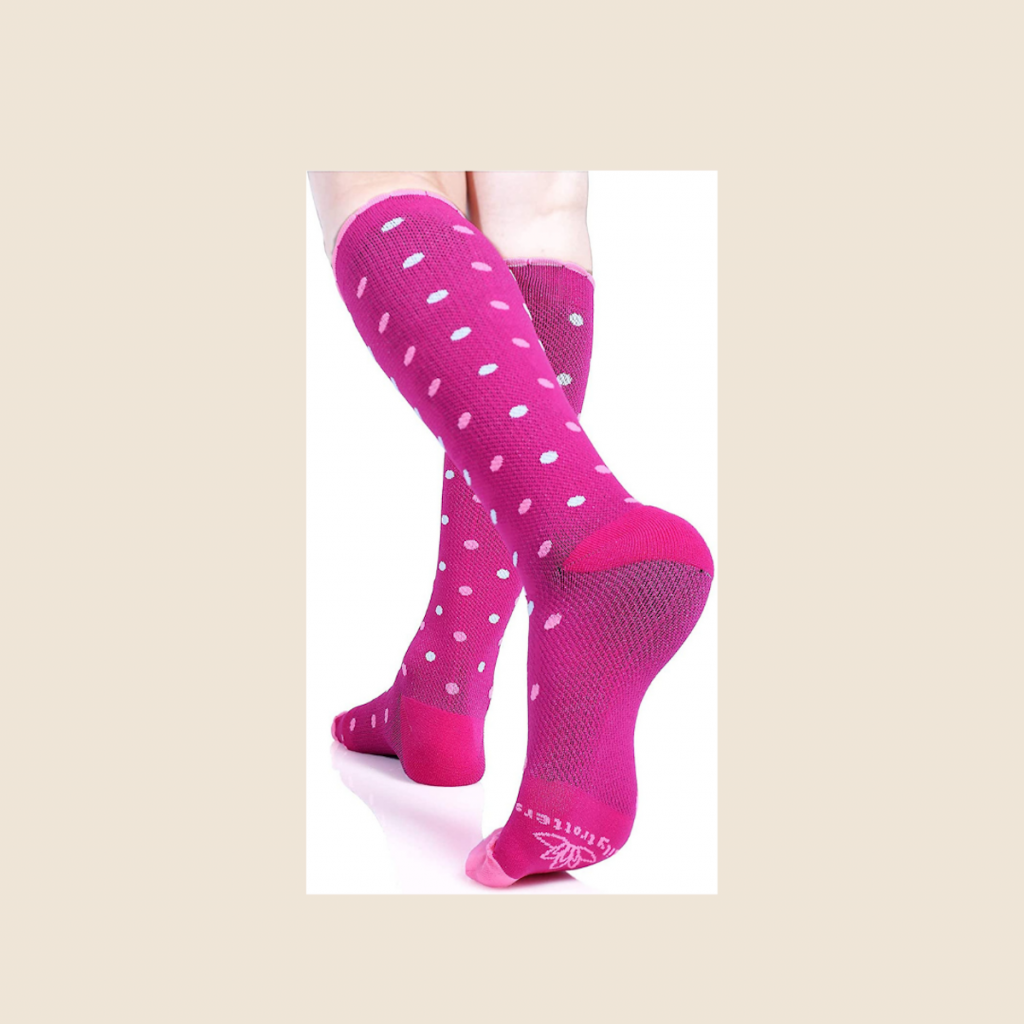
The Lily Trotter line of socks comes in a number of great looks and sizes.
The idea of designed compression socks may sound like an oxymoron but women no longer have to sacrifice fashion for fitness. These athletic support socks are made with graduated compression measured at 15-20 mmHg.
Hi Clasmix Medical Grade Compression Socks for Men & Women
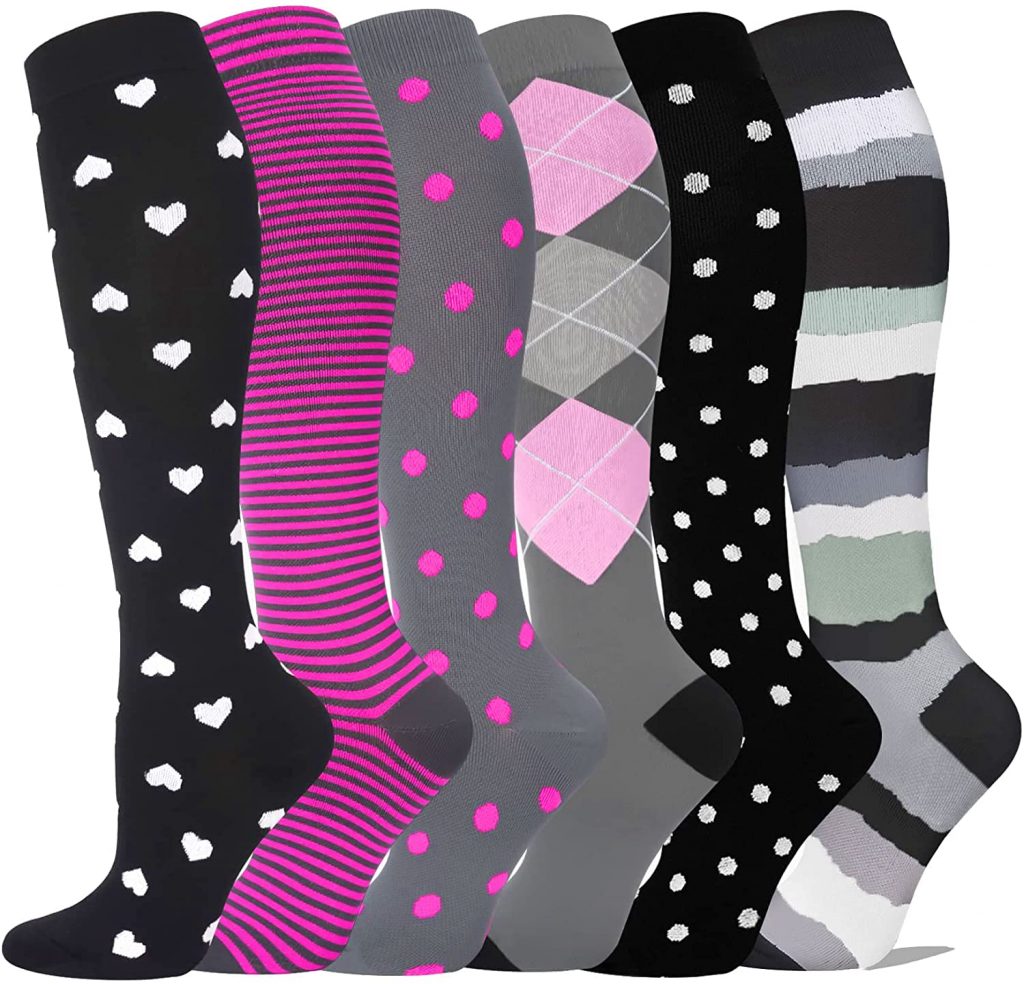
These knee-highs offer graduated compression at 20-30 mmHg and come in a variety of sizes and colors.
With more than 40,000 ratings, they are a best seller on Amazon.
Jobst Unisex Relief Stockings
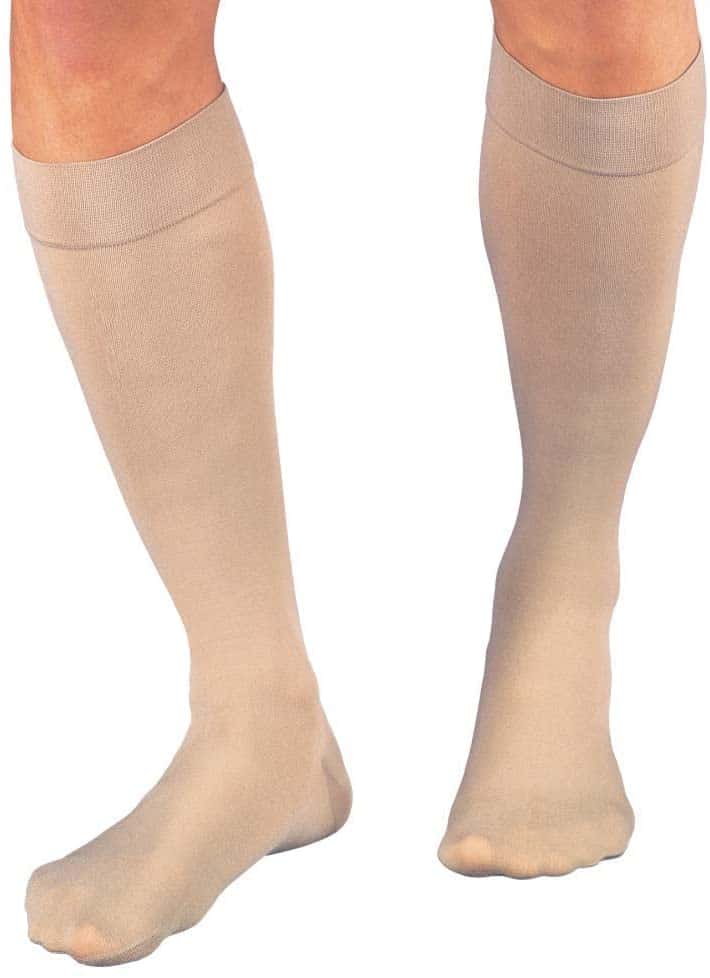
These medical grade 20-30 mmHg compression socks come with a closed-toe style that offers a roomy toe allowance for those who want extra wiggle room.
They also come in an open-toe version for even more toe room and in graduated compression at 30-40 mmHg.
Also on MoreTimeToTravel:
Ever find a rash around your ankles when traveling in warm climates or taking long walks? Read on:
Golfers Vasculitis: A Common But Often Misdiagnosed Boomer Travel Malady
Save to Pinterest!!
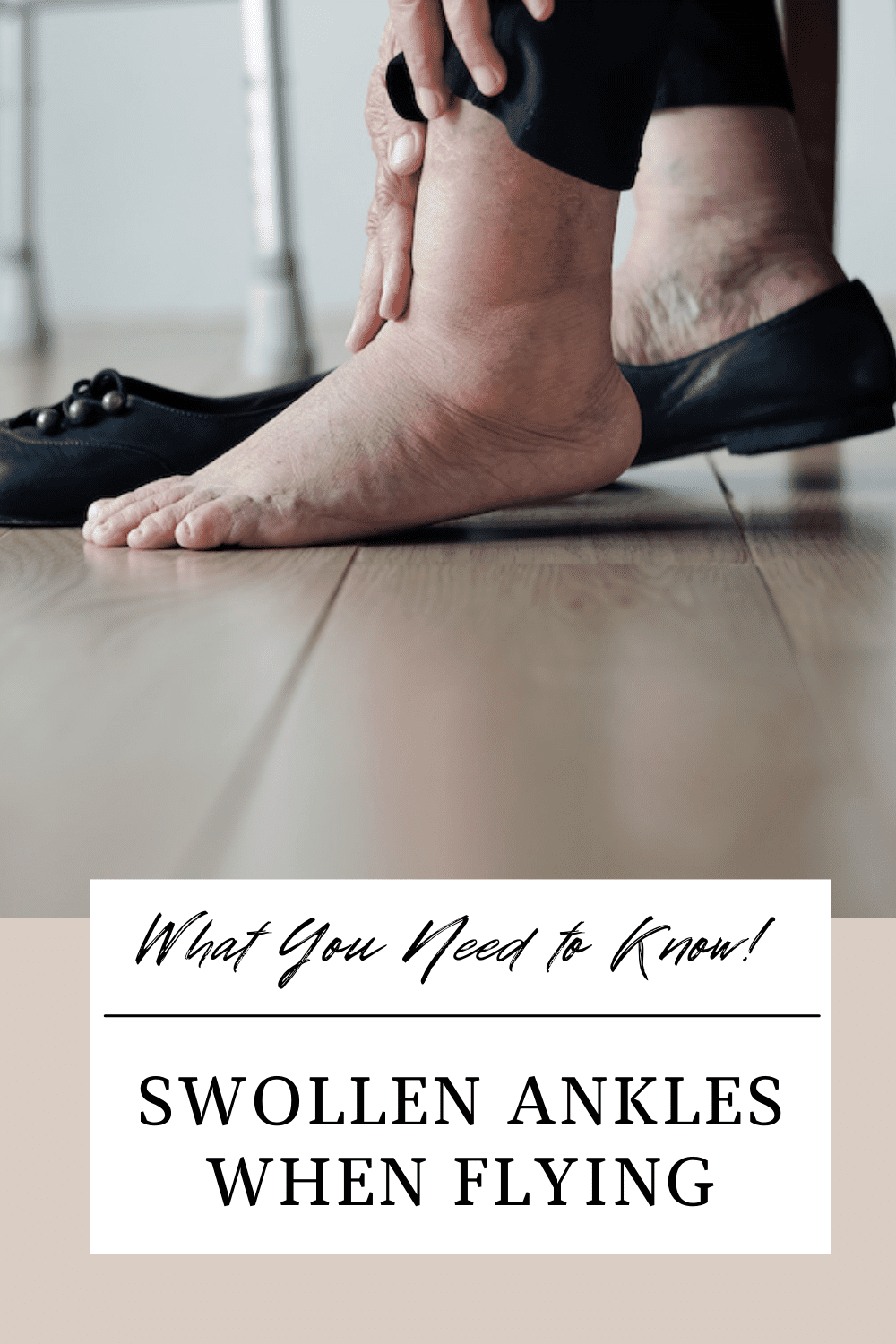


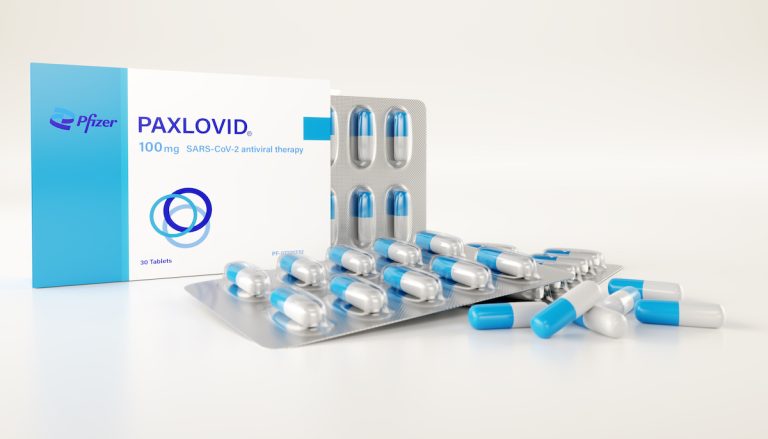



Excellent article! This just became an issue with me. Now I swear by compression socks and re-hydration products in addition to lots of water.
I’m curious…what kind of re-hydration products do you use?
Maintaining a healthy body weight is probably the one piece of advice that may be difficult to achieve on the fly—so to speak. 😉 I’ve definitely noticed that it’s harder to slip my shoes back on after a flight.
Yes, that’s a battle to be waged on the ground!:-)
Maintaining a healthy body weight is most important. My feet and ankles used to swell on long road trips, so I began stopping every hour or so to walk around to prevent this. Now I can do a 6 hour drive with one stop and my ankles don’t swell at all.
My doctor told me there’s usually no worry if both of your ankles swell. The time to be concerned is if only one side is swollen because it could be a sign of something else more serious like a blood clot.
Good advice from your doc! Congratulations on your weight loss. You’re more fit to travel!
Very helpful, thank you. It happened to me once on a cruise and just recently on a 4-hour fight. For me getting my feet above my heart always works. That and loads of water. –MaryGo
People make the mistake of thinking that cruises are sedentary but most travelers do far much more walking and standing than they usually do.
Your timing is epic. This has never happened to me before except just a few days ago. We took a red eye from Kauai (used miles, you take what you can) I noticed that both of my feet were swollen in the car on the way home. Kind of freaked me out! Since is was an overnight flight, I only got up once. I also crossed my legs a great deal. I won’t let this happen again.
You look like a leg-crosser!;-)
Great article Irene! I’m a huge believer in compression socks and wear them on all flights. I even use them for trade-shows or all day walking they make a big difference.
You are one of the few. Many people dread putting them on.
So far — knock on wood — I’ve been lucky and never had swollen ankles. I always drink a lot of water on flights, and, of course, that means I make multiple trips to the toilet, which lets me stretch a bit. And in most planes I’m too tall to be able to cross my legs, so I don’t do that either. Thanks for the tips, though. I suppose it’s just a matter of time till this starts happening to me too on long flights!
I think genetics makes some people more prone than others. You may be among one of the lucky ones!
What a great article people often avoid writing about these things as they think they are not interesting. Will bookmark for our next flight great tips to help stop the cursed swollen ankles.
Hope it helps!
My sister-in-law always gets swollen ankles on even a relatively short flight (3-1/2 hours) but not on much longer road trips of several hundred kilometres. She does everything possible – excercises; walking, elevation of legs, etc. – but nothing works. She said that as soon as she comes back home the swelling goes down. I was a bit dubious, until this happened to me also. Long car trips cause a little edema, but a 33-4 hour flight has my ankles and feet hugely swollen, and staying like that for days and days. When I came home, all of the swelling had gone by the next morning. So, I’m not sure that it has a great deal to do with inactivity.
“Being seated in one fixed position in a cramped space for a long period of time causes fluid to leave the blood and move into surrounding tissues.”
This is more likely to occur in a plane than a car because there is less space and opportunity to move around. It’s important to wiggle your toes, move your feet, and stand up and walk around, whenever possible.
How can you keep hydrated when every small bottle of water costs £2. You cannot take any water onto the plane for”security ” reasons
Most airlines provide beverage service with water. You can also purchase a large bottle of water after you pass through security.